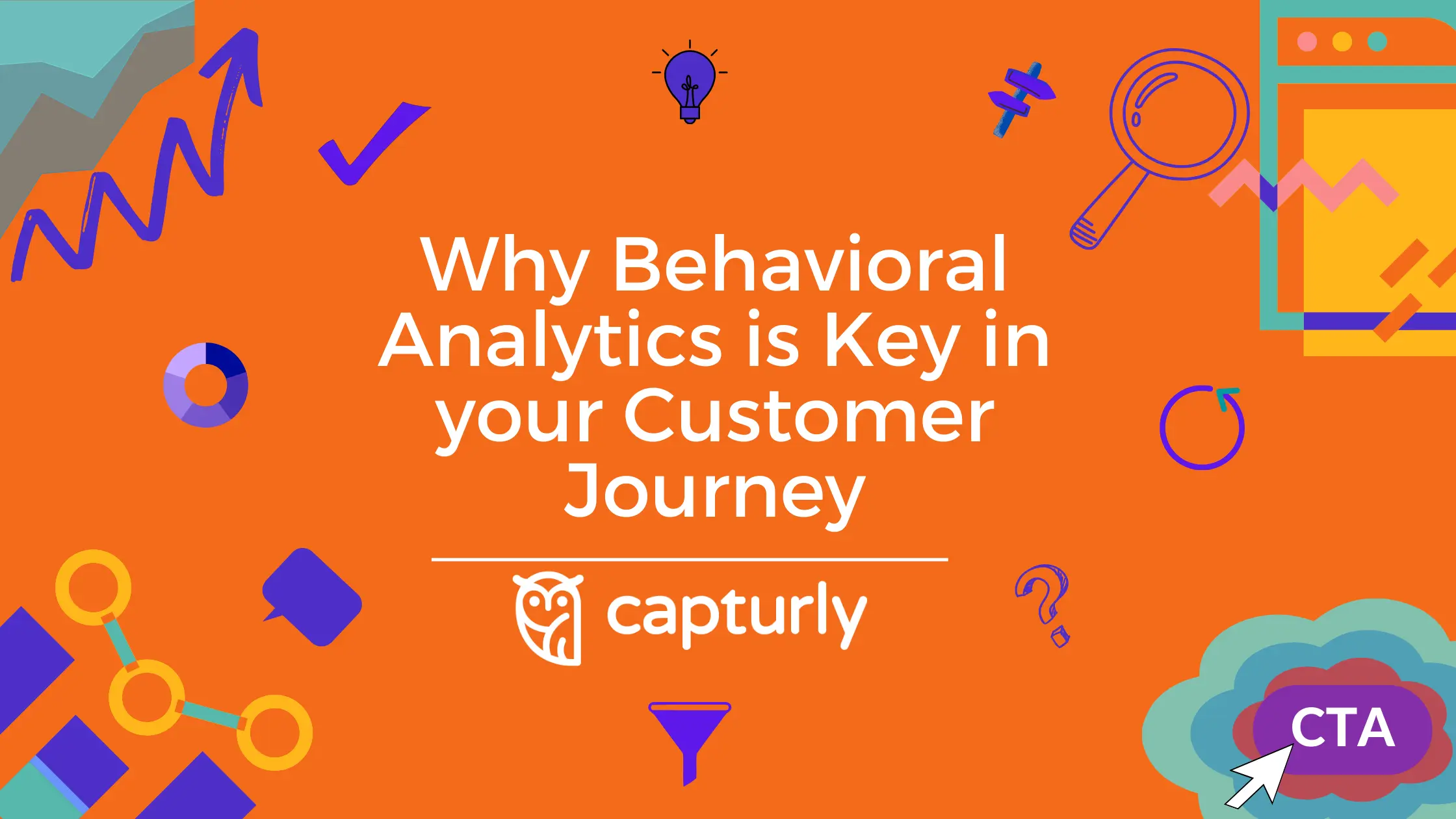You’d like to predict your customers’ demands yet you don’t use any tool to analyze their behavioral patterns? Trying to find out the consumers’ next moves without having previous data on their habits is nothing else but groping in the dark.
However, this article might shed a light on you if you haven’t heard about user behavioral analytics before. Because in the era of digital technology, possessing a well-performing analytics software that collects a large amount of data and can interpret them correctly could be a great competitive advantage.
Even the largest companies, such as Facebook are spending a lot of time (sometimes too much ;), if you know, you know) observing their customers’ behaviors, so that they can react to any change in consumer demands as fast as possible.
The good news is that you don’t need to be among the market-leading firms to easily adapt. You only need a good analytics tool that gives you full-scaled feedback and insights on your customers using your digital product, be it an app or a website.
Table of Contents
But what is a behavioral analytics tool exactly?

In a nutshell, it’s a practice of collecting and analyzing data from the actions of customers to understand a user’s online characteristics and use patterns.
It’s the perfect tool to recognize the downsides of your website or your app. Why? Because with the use of analytics software you’ll be able to follow through your customers’ journey from the very beginning. Thus, you can soon detect where your digital product might need developments to meet their demands.
This gives you the ability to see the background behind online consumer decisions and behavioral patterns. And if you can observe the reasons, you’ll be one step ahead of your competitors.
How does user behavioral analytics work?
You might already have a clue that BA is based on hard data that people use when they’re on websites, gaming applications, social media, e-commerce sites, and any other type of digital product. Then this data is collected and then later analyzed to give you a whole new perspective of your customers’ behavioral patterns.

These habits that they continue are crucial in business development. Behavioral analytics is the basis of subsequent online marketing decisions such as where to place an advertisement or a CTA.
Moreover, you can track specific user behavioral patterns also known as events. These events range from micro to macro conversions such as filling out a form to purchasing a product.
With the use of event-based analytics, you’ll more likely be able to recognize your customers’ preferences and intentions. And the more you’re aware of user activity, the fewer difficulties you’re going to face when creating the perfect fit product or service.
How to make BA efficient
To make behavioral analytics work, you need to identify your business objectives first. It’s very important because otherwise, you wouldn’t be able to extract relevant information from your collective data.
When you’ve already set up your goals, then you should name some of the events that might be significant in your online marketing decisions and business development fundamentals. Knowing what types of conversions are useful and relevant to your revenues is the cornerstone of well-performing behavioral analytics.
In other words, your main aim is to keep track of what your customers find useful. You have to know what keeps them engaged, what they prefer, and what they don’t like.
To make BA more efficient you can add other methods of analytics such as A/B testing. The point is to understand the intent behind a customer decision no matter what types of analytics tools (e.g. using heatmaps) you operate with.
The main benefits of Behavioral Analytics
‘Features tell, benefits sell’ the professional marketers say. So let’s not skip the part where we list all the visible advantages of BA.
We’ve already mentioned that understanding what keeps your customers engaged is important, but we didn’t tell you why it can be a great advantage. Knowing the actual motivation behind an event created by a user is a great way to increase customer loyalty. Not to mention, that behavioral patterns are more likely to imply the real intent of a decision, unlike words.
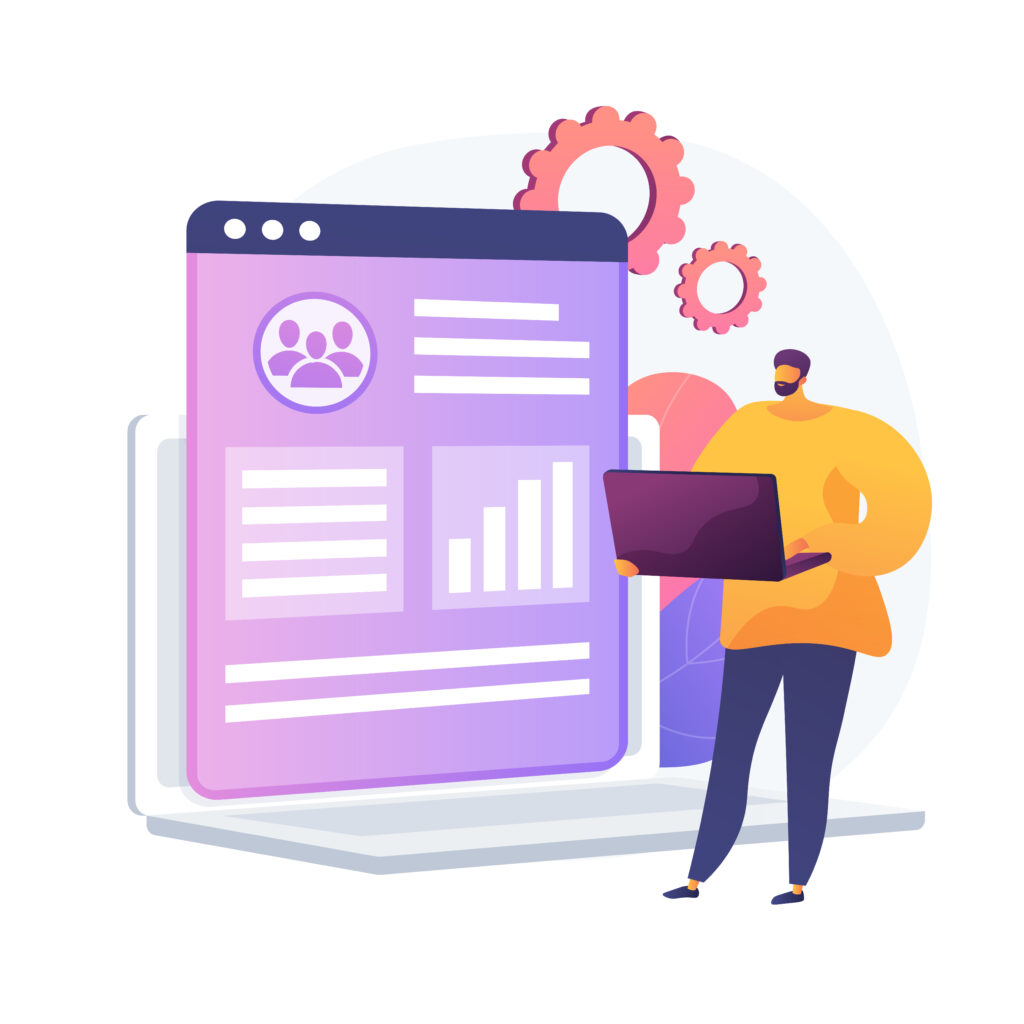
So you can take action to achieve bigger revenues without communicating with your customers. On the other hand, we don’t recommend doing that! Besides measuring and analyzing, try to engage with your customers as much as possible to receive more conversions.
We shouldn’t overlook either that user behavioral analytics can support several hypotheses with no or low further cost. Therefore you can feel free to experiment with new ideas without having to be concerned about larger extra expenses.
Also, you can segment your target audience based on the events they initiated. Thus you can communicate with each audience more efficiently.
At last but not least, when you monitor your customers’ journey from the very beginning, you can be prepared about what risk there is and also go with the user along the way. By keeping track of how a customer accesses your touchpoints, such as a subscription or purchasing, you can accurately predict what their next move’s going to be.
How measuring different User Events helps you improve your Customer Journey
The patterns that customers follow can represent a Conversion Funnel ranging from micro to macro conversions. So you might need to use Funnel Analysis to detect key events that make a great impact on your customers’ journey.
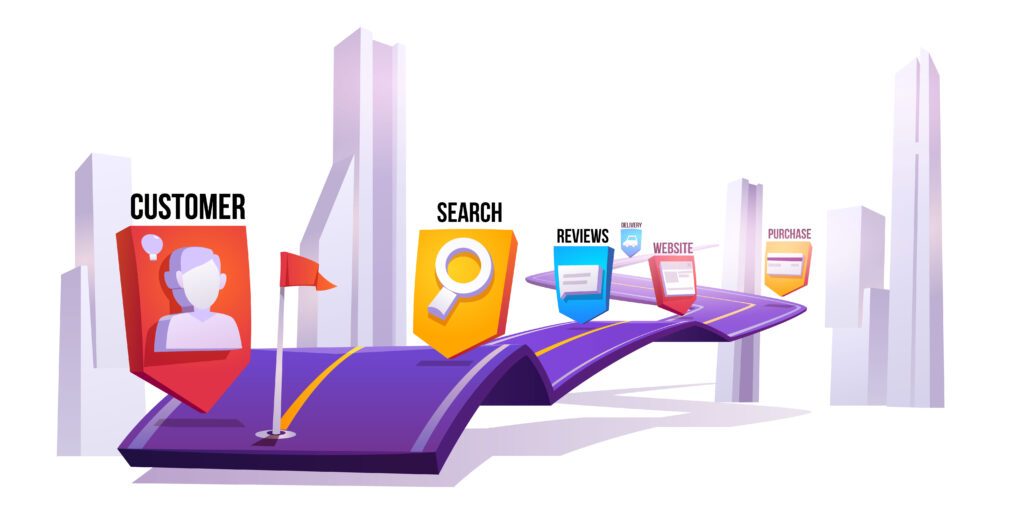
When you want to achieve higher conversion numbers to get bigger traffic, you have to make sure the road your customers go on is transparent and can be followed. And Conversion Funnel Analysis is the right tool that can be your reliable ‘construction worker’!
With the use of that, you’ll be able to keep track of the sequence of events that can later meet your business goals. In order to make them reach your desired aim, you need to push your customers through every touchpoint. By analyzing their journey, you will understand why some of them drop out along the way. And when you get the full picture, you’ll know what to do to improve your conversion rate!
An example of consecutive events to be analyzed
Let’s say you’d like to convert leads into paid customers. Not every prospect you targeted will purchase in the end, but those who you can actually offer a solution for will be your most loyal audience. So you have to provide a Marketing Funnel that keeps giving value at every touchpoint to build trust and willingness to do further conversions.
So what type of events should you focus on that are relevant to your final business goal? Try to think through how you want your prospects to pay without actually selling them anything!
Let’s give it a go with this funnel:
- You create a Facebook Ad that leads to the Landing Page of a Free E-book
- They click on a CTA to get the book
- In order to receive the E-book, they have to subscribe to your newsletter
- Now that they’re subscribed, you can send valuable emails about how your service offers a solution for them
- After prospects read your E-book and emails, some of them convert to paid customers by purchasing your product
It’s a simple example, but the point is that you have to recognize all the distractions that might happen along the way in the funnel. Why do people get stuck at Step 5? Perhaps you need to give prospects more value before making them buy.
With Conversion Funnel Analysis, you will see how many prospects bounce back or how many of them actually opened the emails yet didn’t click through, etc.
Want to get more results using behavioral analytics?
Let us then tell you how session replays and heatmaps can give you a whole picture of your Customer Journey.
Besides engaging with your followers, you can keep track of their behavioral patterns without them knowing. First off, with the use of session recordings, you’ll be aware of every little intent that your customers did early on.
‘How?’ you’re asking. Well, it’s a tool that shows you the exact mouse motion the user followed on your website, even in real-time. Moreover, you can also record these movements for further analysis. No worries, it’s not illegal to keep track of your customers’ behaviors in order to provide them with as valuable products or services as possible.
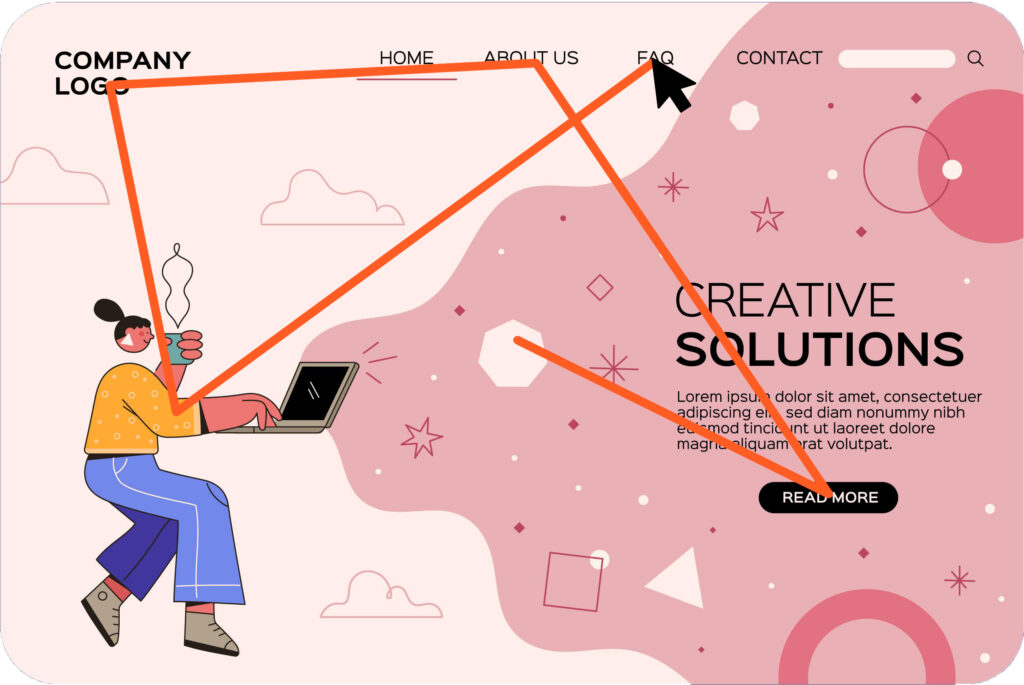
But session replays aren’t the only tools that can improve your overall User Experience. Heatmaps are those data visualization methods that crank up your conversion rates quicker than you think!
Just like every other heatmap, it shows you the densest part of a certain area with different colors. If you’re into sports or occasionally watch forecasts then you’re probably already familiar with the topic we’re talking about. The heatmap you use for Website Analytics pretty much works the same way, except that instead of clouds or soccer players, you’ll see your user’s mouse movements.
It highlights the potentials and weaknesses of your site at the same time. It shows you how far users scroll down on your site and tells you how they act on your page.
So why not use these Behavioral Analytics game-changers to get ahead of your competitors?
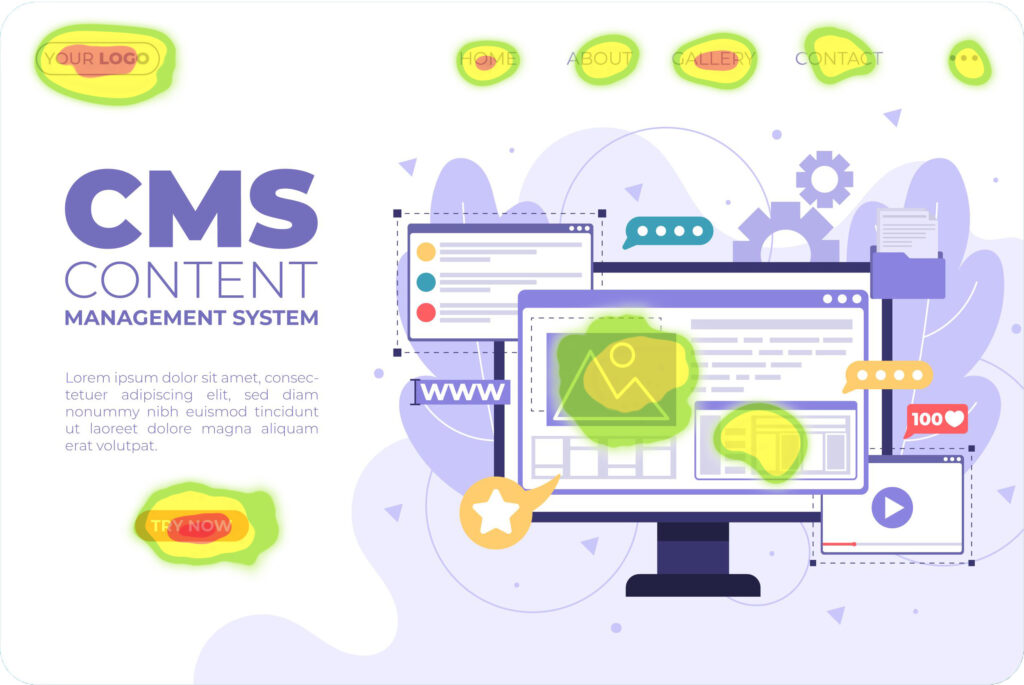
What Analytics tool should you use?
It depends. What’s your purpose? Do you want more prospects to make conversions in your funnel? Would you like to segment your targeted audience based on their behavioral patterns? Or do you just simply want to measure how your users act on your website?
You have to define to yourself what your goal with analytics is then choose the best fit. You might have to consider how long you want to keep the data, what features you may need, and how much you’re willing to pay for a given tool.
Don’t settle for the cheapest option! Paying less and receiving no actual value in return is the most expensive mistake! Create a checklist about the most important features you’d like to have in an analytics tool. Rank those attributes and compare the tools that are most likely to be the best options.
If it seems hard to find the one, don’t worry, we’ve all been struggling with that. And since we know the feels, we also know how to make you feel less lonely. Let us grab your hand and be the guide that finds the perfect tool that keeps you happy for a long-long time.
We’ve done a favor and created a comparison among some web analytics tools to show you how much we care about you making the perfect decision!
Here’s the article: Which is the best behavioral analytics tool?
We hope that this article made everything clear about Behavioral Analytics. The key takeaway is that you need to plan the whole process and keep track of your customers’ motives behind their actions. Define your business strategy and goals and try to find out what events serve them the best. And the most important is to always adapt by using BA permanently because the one that isn’t keeping up with changes will soon fall behind.
Don't forget, sharing is caring! :)

